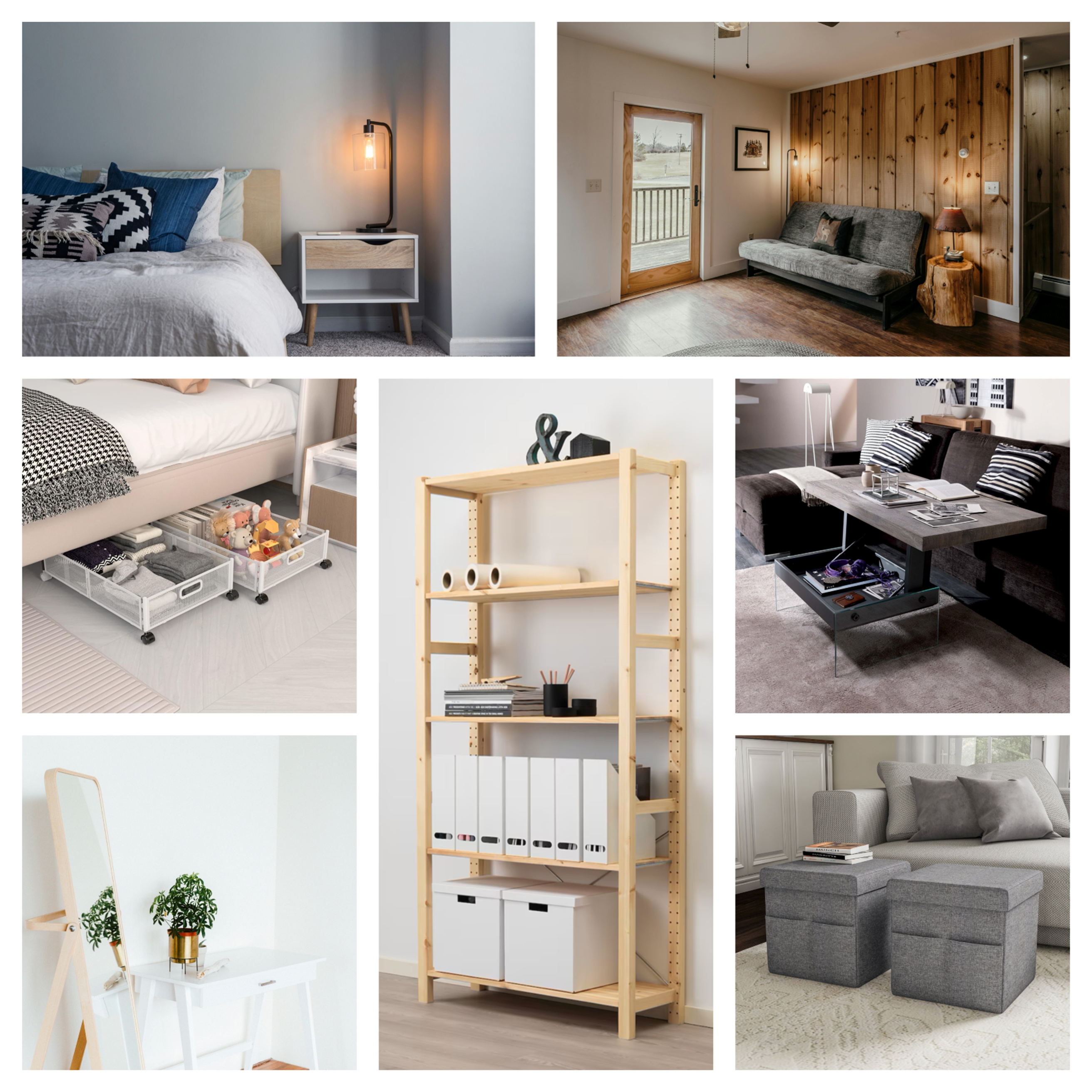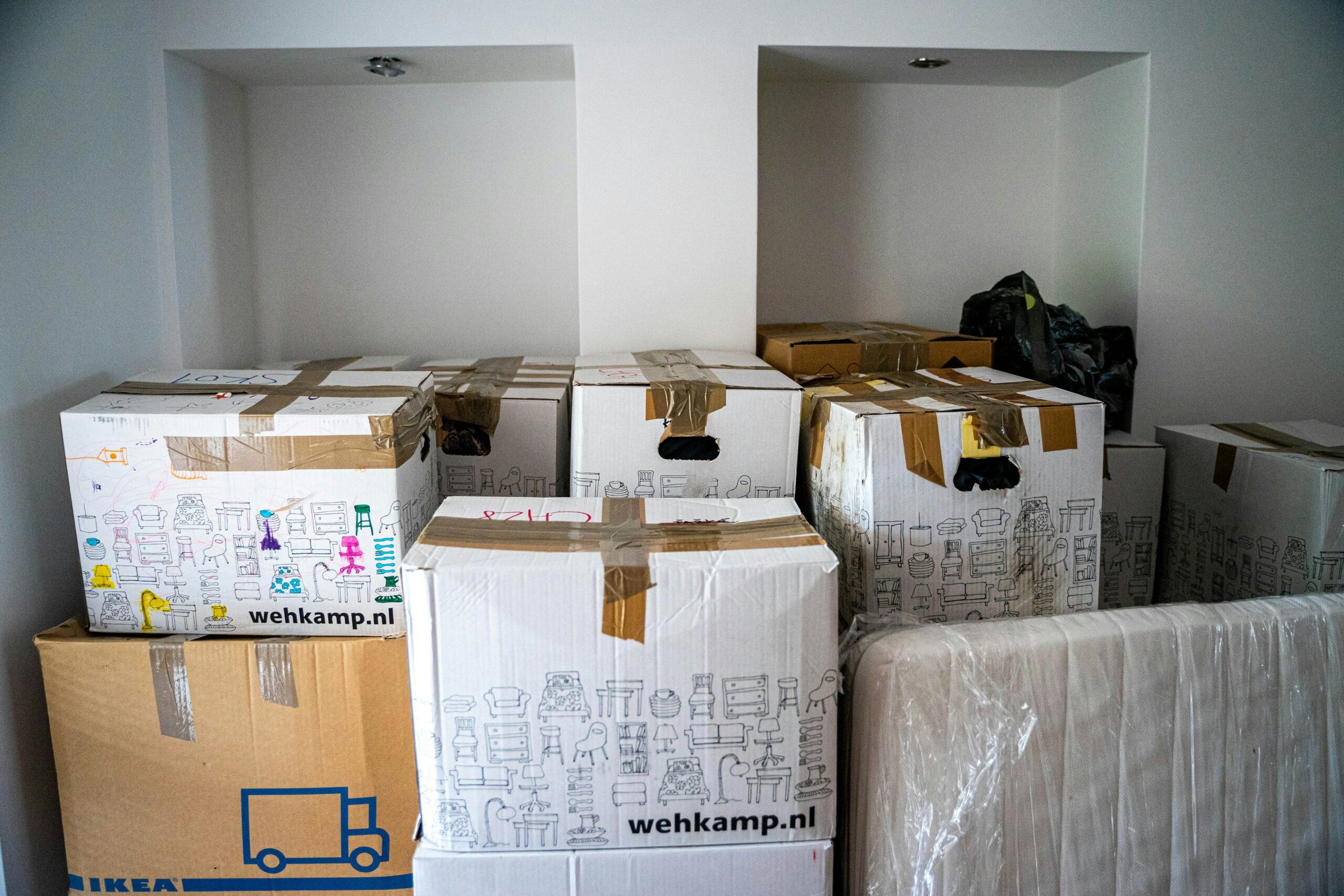Farewell and Best Wishes to Our Tenants Who are Graduating or Moving On
As we wrap up the 2024–2025 leasing year, we want to extend a heartfelt thank you to all of our tenants who made Lang Development Group their home this past year. Whether you were with us for one year or several, we truly appreciate you choosing Lang during your time here. Your presence helped shape the vibrant, welcoming community we’re so proud of.
We wish you the very best as you move on to new chapters in life—whether it’s starting a new job, continuing your education, or setting out on a different adventure altogether. And remember, if you find yourself back in the area, drop by – we’d love to see you again!
Looking Ahead: Welcome to Our 2025–2026 Tenants!
To our new tenants joining us for the 2025–2026 leasing year—welcome! We’re excited to have you as part of the Lang community. As you settle into your new home and embrace the independence of apartment living, we’ve put together a few helpful tips to ensure a smooth and enjoyable experience.
Embracing Independence and Responsibility
Living in an apartment is a big step forward in your journey toward independence. With that freedom comes some important responsibilities:
- Know Your Lease Take time to read through your lease agreement carefully. It outlines your rights and responsibilities, including rent payments, maintenance procedures, and property guidelines. If you’re unsure about anything, don’t hesitate to contact us—Lang is here to help.
- Pay Rent on Time Staying on top of your rent payments is crucial. Late payments can result in fees and affect your rental history. Use our online portal to make secure payments and set reminders so you never miss a due date. Be sure to bookmark the portal for easy access.
- Submit Maintenance Requests Promptly If anything in your apartment needs attention, you can submit a maintenance request through our online portal. The sooner we know about an issue, the faster we can take care of it for you.
Roommate Tips for a Great Living Environment
If you’re living with roommates, clear communication and shared expectations are key to a positive experience:
- Plan Household Responsibilities Talk with your roommates about how you’ll divide tasks like grocery shopping, cooking, and cleaning. A rotating schedule can help keep things fair and organized.
- Keep Track of Your Key! Don’t lend out your apartment key. If it’s lost or stolen, notify us immediately so we can arrange for a replacement.
- Communicate Openly Make time for regular check-ins with your roommates. Open communication about shared responsibilities and living expectations helps prevent conflicts and builds a stronger living dynamic.
We’re Here for You
Throughout the year, our Lang Development Group team is here to support you. Whether you need help navigating your lease, have maintenance concerns, or just want guidance on apartment living—we’re just a call or message away.
Thank you for being part of our community. We’re looking forward to a fantastic 2024–2025 year together!
Welcome to Lang Development Group—your home away from home.








